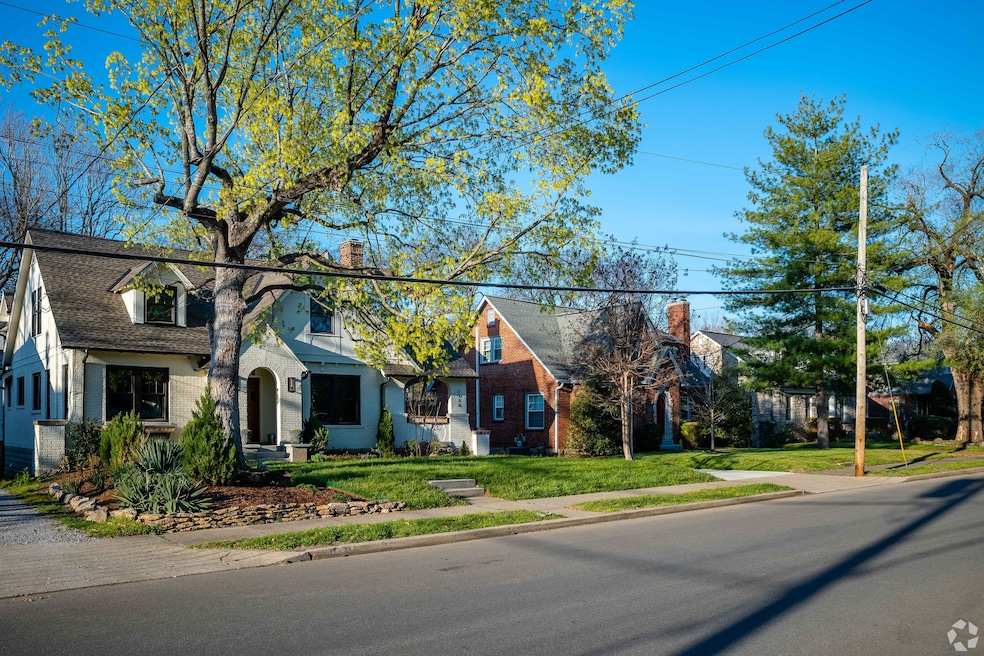Sales of previously owned single-family houses and condos rose in July as the number of homes on the market reached their highest level in over five years and prices barely budged upward.
The 2% increase in sales to a seasonally adjusted annual rate of 4.01 million is an indicator of an improving market for buyers, with “roughly half the country experiencing price reductions,” said Lawrence Yun, chief economist for the National Association of Realtors. Meanwhile, there were 1.55 million homes available in July, or a 4.6-month supply, up from four months one year ago.
“The ever-so-slight improvement in housing affordability is inching up home sales,” Yun said. “Wage growth is now comfortably outpacing home price growth, and buyers have more choices.”
Mortgage rates also declined, albeit modestly, for five straight weeks early in the summer when many people who bought homes in July would have entered into sales contracts, Lisa Sturtevant, chief economist for Bright MLS, noted in a statement. The average rate for a 30-year, fixed-rate mortgage dipped below 6.6% last week and stayed at that level this week, according to mortgage giant Freddie Mac.
The median sales price across the United States in July was $422,400, up just 0.2% from the same month in 2024. Year-over-year price increases had been 2% to 3% for several months going back to late winter, according to the NAR, and even higher before that. While single-family home prices rose 0.3% last month, the median condo price fell 1.2%.
While the national sales picture looked promising in July, it was a bit muddled on a regional basis. Sales jumped 8.7% from June in the Northeast, 2.2% in the South and 1.4% in the West, but they fell 1.1% in the Midwest. On a year-over-year basis, sales rose 2.2% in the South, 2% in the Northeast and 1.1% in the Midwest, and dropped 4% in the West.
“We see one region rise one month and decline the next, so we’re not seeing any consistency,” Yun said.
However, each region has different characteristics that have prevailed for multiple months, he said: the Northeast has a housing shortage, the Midwest is very affordable, the South has more supply and the West is the most expensive market.
In its monthly survey of Realtors’ confidence in July, the NAR found that 20% of sales were to individual investors or second-home or vacation-home buyers, up from 14% the previous month and 13% in July 2024. Cash sales also increased to 31%, compared to 27% a year ago. The rise in cash purchases is a sign of some buyers’ recent gains on the stock market, Yun said, and the wealth they’ve accumulated in other residential real estate.
First-time buyers struggled to find deals in July, according to the Realtors’ survey; they made up 28% of sales, down from 30% the previous month.
Despite the somewhat uplifting news for buyers, it’s still been a disappointing summer for the housing market, analysts said. Though average mortgage rates have come down some, they’re still too high to attract a real surge in buyer activity, according to a statement by Ruben Gonzalez, chief economist for real estate brokerage Keller Williams.
The prize, Yun said in comments last month, would be for the average rate on a 30-year, fixed-rate mortgage to drop to 6%.
“Many Americans are noticing that more homes are for sale and sellers are offering price cuts and other incentives,” Heather Long, Navy Federal Credit Union's chief economist, said in a statement. “If mortgage rates can come down to close to 6%, there will be a flood of buyers. There is a lot of pent-up demand.”


